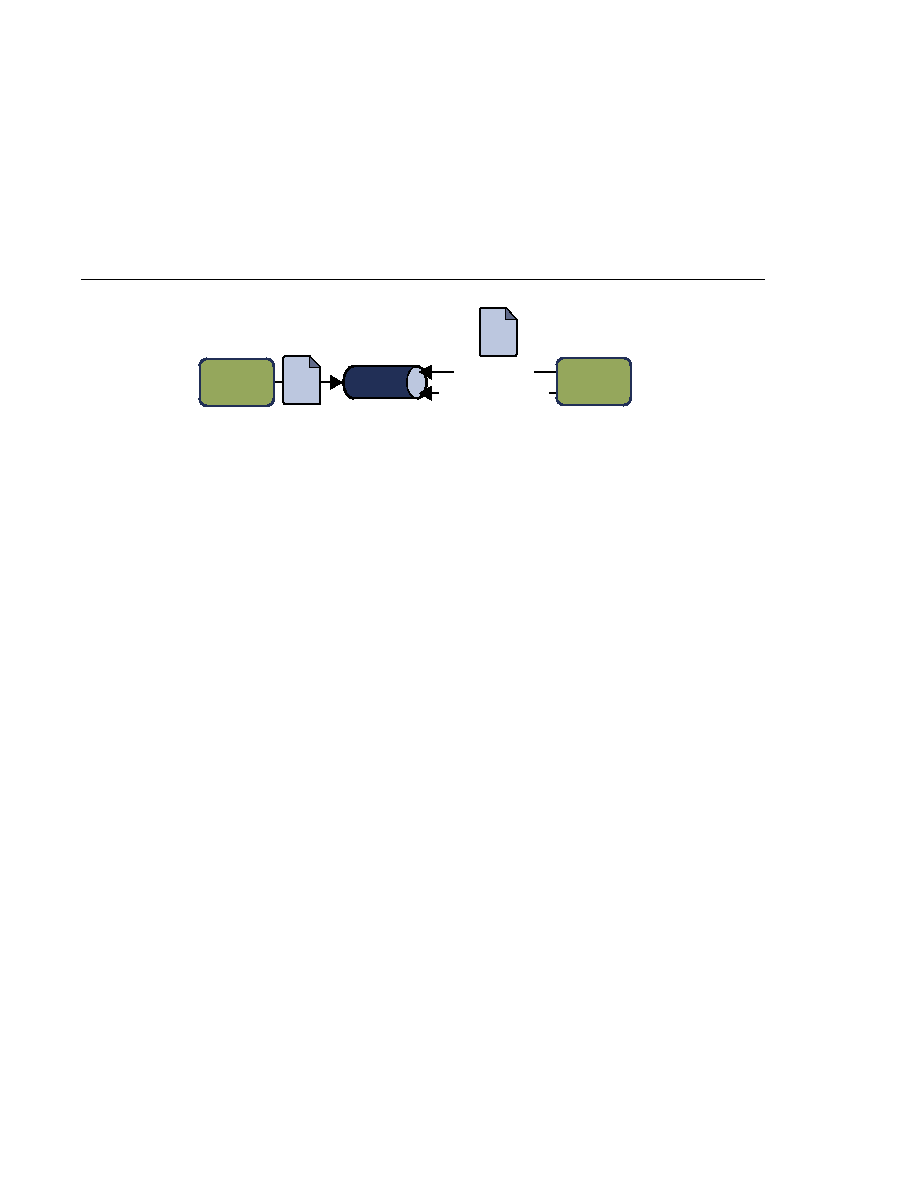
Publish Subscribe Messaging Domain
Publish Subscribe Messaging Domain
the message whether or not it was running when the client sent the message.
consumer.
which functions somewhat like a bulletin board. Publishers and subscribers are generally
anonymous and can dynamically publish or subscribe to the content hierarchy. The system
takes care of distributing the messages arriving from a topic's multiple publishers to its multiple
subscribers. Topics retain messages only as long as it takes to distribute them to current
subscribers.
consume only messages published after the client has created a subscription, and the
subscriber must continue to be active in order for it to consume messages.
durable subscriptions, which receive messages sent while the subscribers are not active. Durable
subscriptions provide the flexibility and reliability of queues but still allow clients to send
messages to many recipients. For more information about durable subscriptions, see